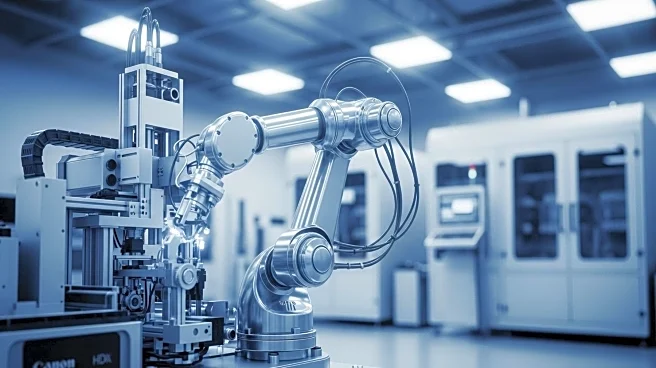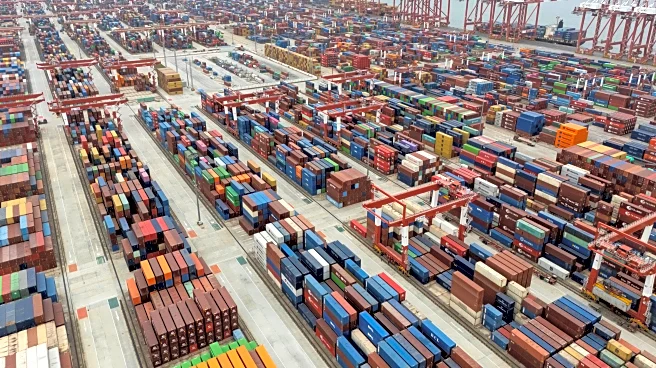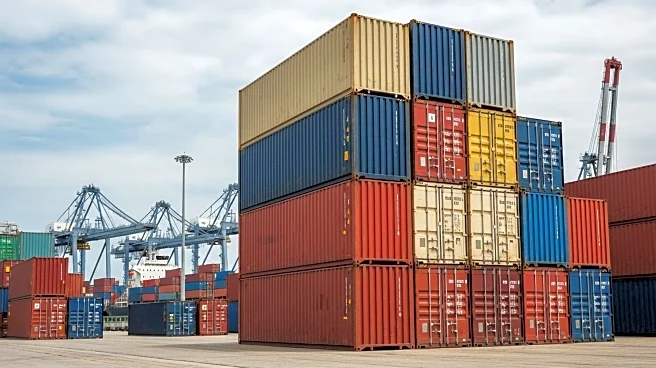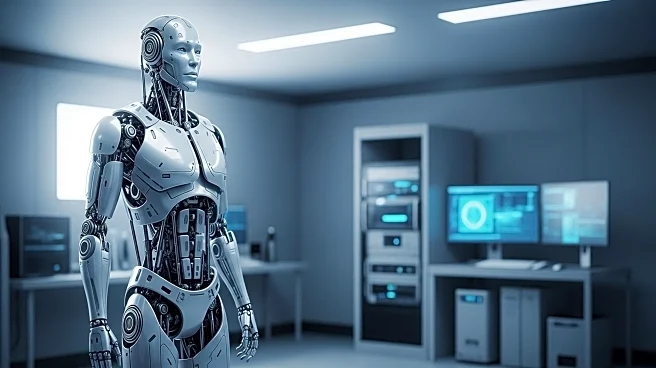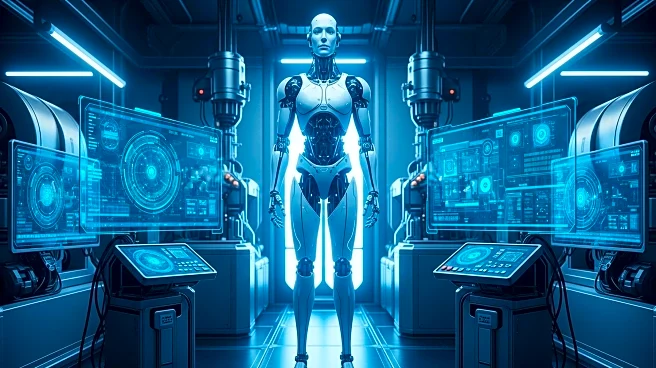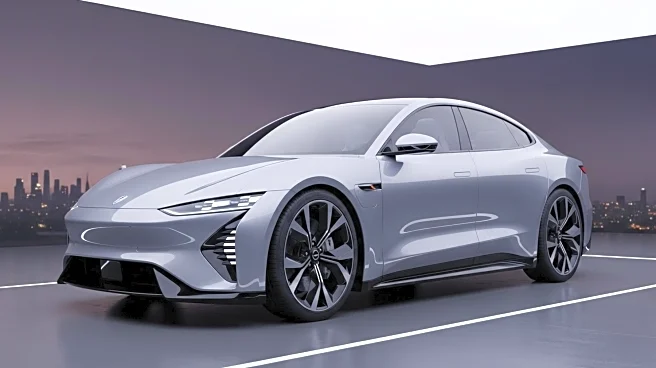What's Happening?
China is experiencing a significant surge in physical AI advancements, particularly in sectors like electric vehicles, batteries, photovoltaics, and drones. The country has become a leader in automation, with domestic vendors capturing over 50% of the industrial robot market. China's emphasis on STEM education has resulted in a large talent pool, contributing to its technological progress. The country is also investing heavily in robotics and embodied intelligence, with plans to mass-produce humanoid robots. Despite challenges in semiconductor production, China is rapidly advancing towards self-reliance, creating opportunities in supply chains affected by U.S. sanctions.
Why It's Important?
China's advancements in physical AI and automation pose a challenge to U.S. technological leadership. The U.S. risks losing its edge in robotics and AI if it does not address the growing capabilities of Chinese firms. The surge in Chinese investments in robotics and AI could lead to a shift in global technological power, impacting industries and economies worldwide. The U.S. must consider strategic policies to compete effectively, such as enhancing STEM education, supporting domestic manufacturing, and fostering innovation in AI and robotics.
What's Next?
The U.S. may need to implement policies to counter China's momentum in physical AI, such as establishing a central robotics office, offering tax incentives for automation, and expanding STEM workforce training. The U.S. could also focus on rebuilding its industrial base and attracting top talent to maintain its technological leadership. As China continues to invest in robotics and AI, the global landscape may shift, requiring countries to adapt to new technological realities.
Beyond the Headlines
China's state-led model allows for prolonged inefficiency to achieve strategic breakthroughs, contrasting with the U.S.'s market-driven approach. The global division of labor has raised living standards but also hollowed out domestic manufacturing in the U.S. The U.S. must balance efficiency with strategic investments to maintain its technological edge.


